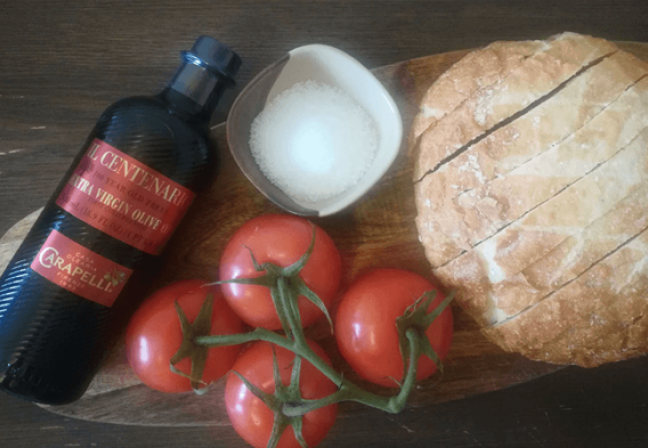This is also a great way to introduce students and their families to the cuisine of Spain in their own kitchens. We hope you enjoy and share!
History of Tapas
Tapas originated in Andalucia, a Southern province of Spain. Tapas traditionally may have been a complementary piece of sliced ham served on top of a glass of wine, but we know them today as small portions of food commonly served as a snack before lunch or dinner. Tapas can be as simple as a bowl of olives or more hearty, such as slices of Serrano ham.
Tapa literally means “a cover” or “a lid” – a common theme in many of the origin stories.
The most popular of these origin stories is attributed to a Spanish King. Due to illness, Alfonso X ("the Wise") was given small bites of food (ham or cheese covering the wine jar) between meals to counteract the the adverse effects of alcohol. He liked this idea so much that he decreed that no wine was to be served in the land of Castile, unless accompanied by something to eat.
Other less grand origin stories include:
- According to some, tapas began at a farmers’ bar in Seville where the bartenders would serve beer or sherry with a saucer on top to keep the flies out. Clever owners realized they could use the saucer to serve a little ham, some olives, some cheese as a ploy to build business.
- Since tapas bars used to be standing-only affairs, people who ordered a snack had nowhere to put their plate but on top of their glass.
- Sneaky tavern keepers discovered if they covered cheap wine with a plate of strong cheese, their customers wouldn’t notice how bad the wine was.
- The need of farmers and other workers to eat small amounts of food during their morning work hours, allowing them to work until their heavy main meal later in the day. Rich in fat, the main meal was so hard to digest that a nap or "siesta" had to be taken after eating it. Longer working hours before the main meal meant an easier workload post "siesta".
Whatever story is correct, tapas are now enjoyed around the world!
Let us assist in planning your next immersion experience and help make it accessible to all of your students! We have many destination options for Language Immersion programs worldwide. Necessary traveler protections for teachers and students are already integrated into our programs too! Contact us today!

